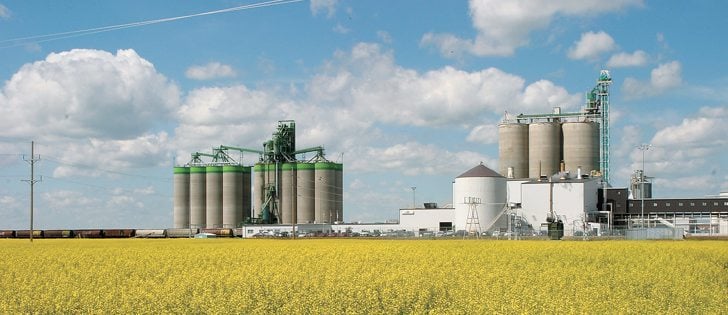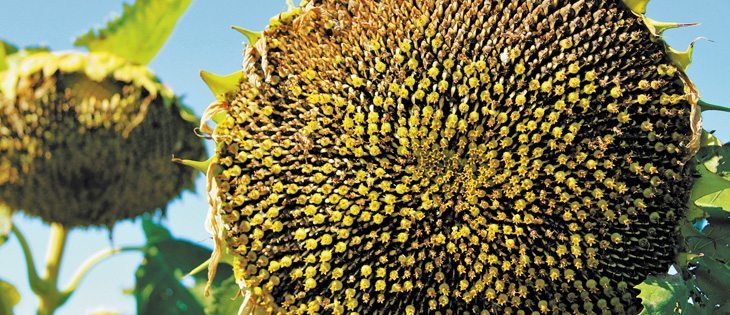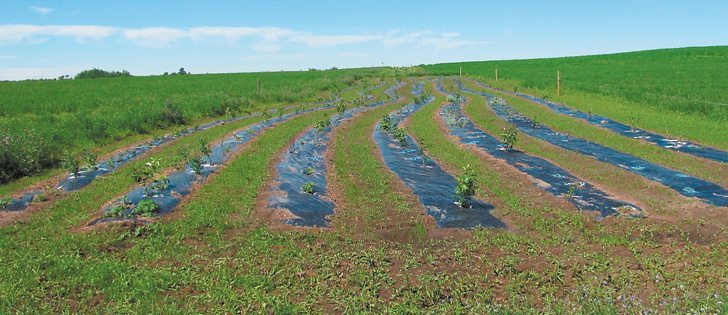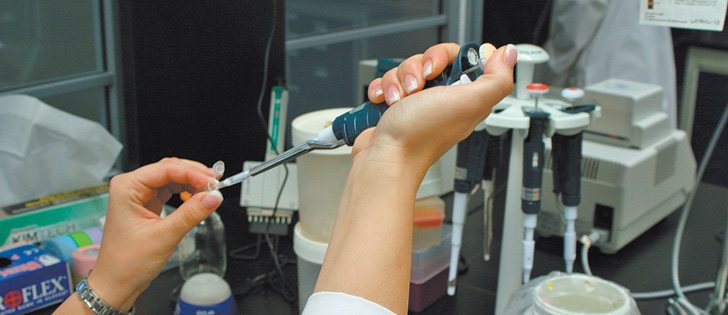There is still room for acreage adjustments away from what American farmers told the U.S. Department of Agriculture in early March.
But no matter what farmers wind up planting, the grain market was put on a higher price plane thanks to the March 1 stocks report that showed less corn, soybeans and wheat in the U.S. than expected.
Old crop prices rallied since the report, and that will help ration demand, but stocks at the end of the crop year will likely be smaller than forecast just a month ago.
Read Also

Europe holds promise for Canadian lentils
Pulse Canada is trying to help boost lentil consumption in Europe, which is already the fourth largest market.
That puts more pressure on getting big crops this summer. Prices for just about every crop need to remain high to encourage seeding and ration demand, at least until we get a better idea about summer weather and yield prospects.
As always, it is hard to forecast weather months in advance. We know that the La Nina has ended and that Pacific Ocean temperatures are now at a neutral point, but some indicators show we might move straight into an El Nino.
El Nino summers tend to be dry on the Canadian Prairies, the northwestern U.S. corn belt and the southern Plains with near normal precipitation in the eastern corn belt.
The only thing clear right now about the weather is that it is unusually warm in North America and for now that is good for production prospects.
U.S. hard red winter wheat development is surging. Moisture over the winter made up for the dry conditions when the crop was seeded last fall.
With the precipitation and warm weather the condition of the wheat crop in Kansas, the largest producing state, as of April 1 improved to eight percent poor to very poor, 32 percent fair and 60 percent good to excellent.
Last year at the same time the condition was considerably worse at 34 percent poor to very poor, 35 percent fair and 31 percent good to excellent.
About 61 percent is jointed, more than three weeks ahead of the five-year average of 21 percent.
The rapid development could be good for production but it also creates a risk for damage if there is a spring frost.
With the warm weather, U.S. farmers in the Midwest got off to their fastest start ever with five percent of the crop planted by April 1, according to a Reuters poll, and if accurate would provide more evidence that producers do not intend to shift acres to soybeans, despite soy’s high prices.














